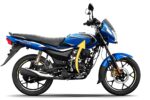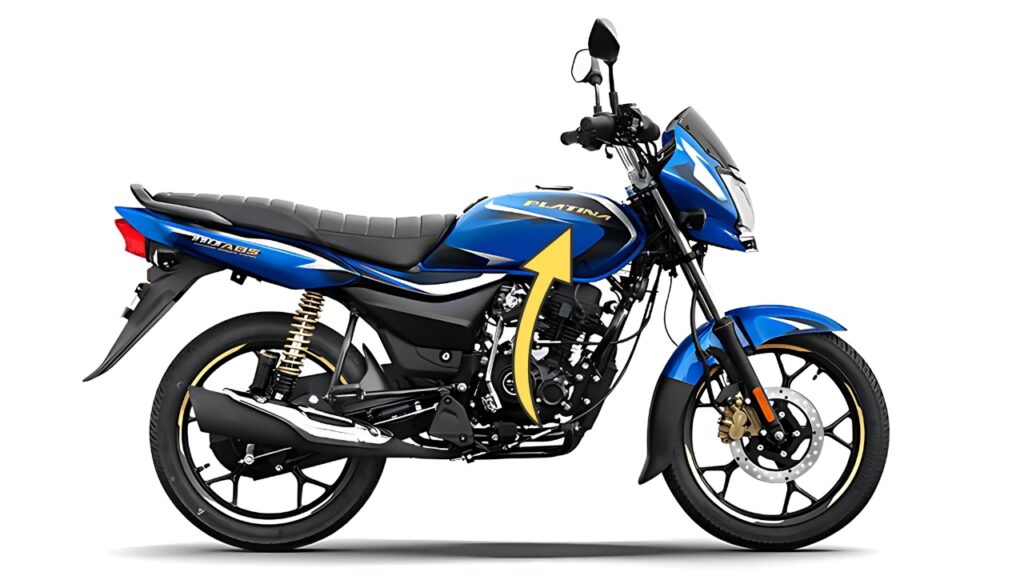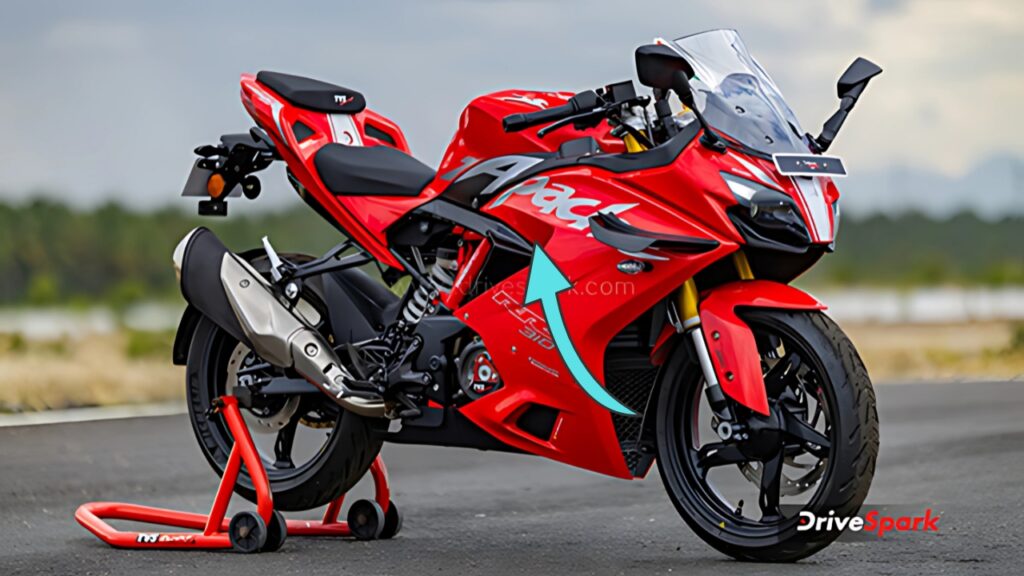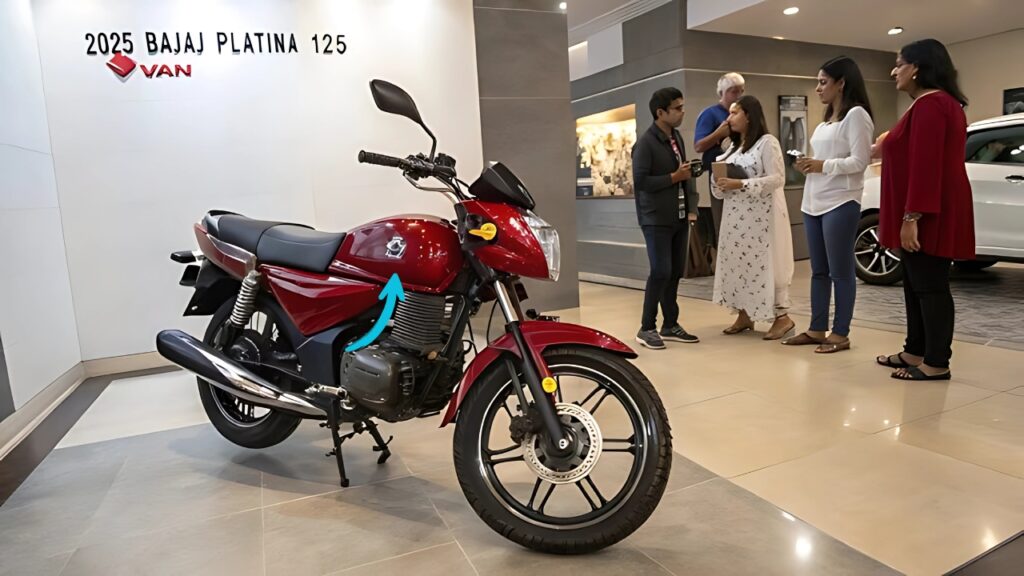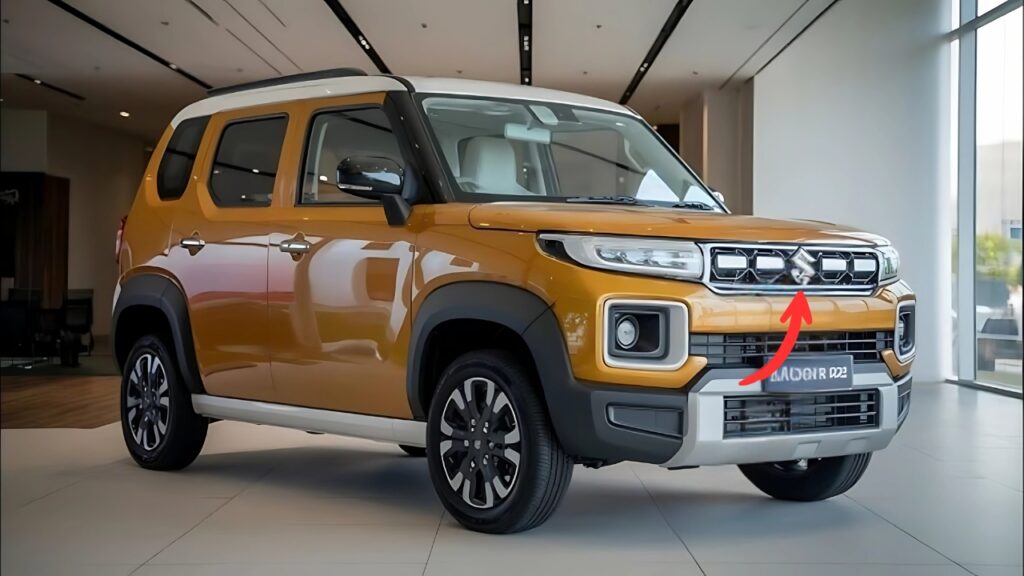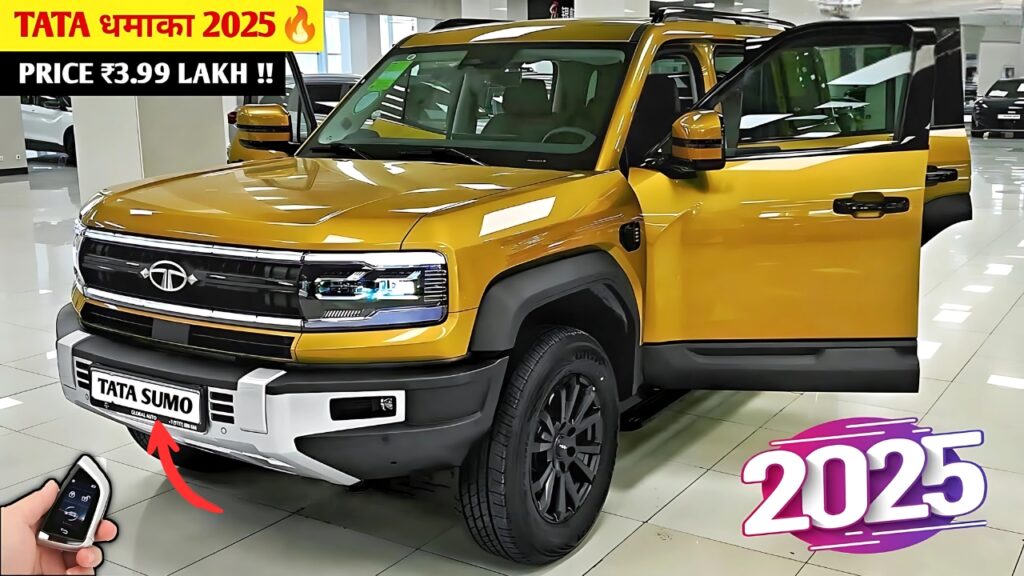Tata Sumo : Tata Motors has revived its legendary Sumo moniker, setting the cat among the pigeons in the fiercely fought competitive automobile segment in India, with intentions the nameplate would scoff at, even if you were to pitch them a few years ago, by taking on the mighty Hyundai Creta!
This is a radical revival, which company insiders refer to as a “dhansu” (powerful and impressive) design makeover and is one of the most striking makeovers in recent automotive history by converting a functional people-mover into a stylish player in the fiercely competitive mid-size SUV space.
Table of Contents
Tata Sumo The Unexpected Resurrection
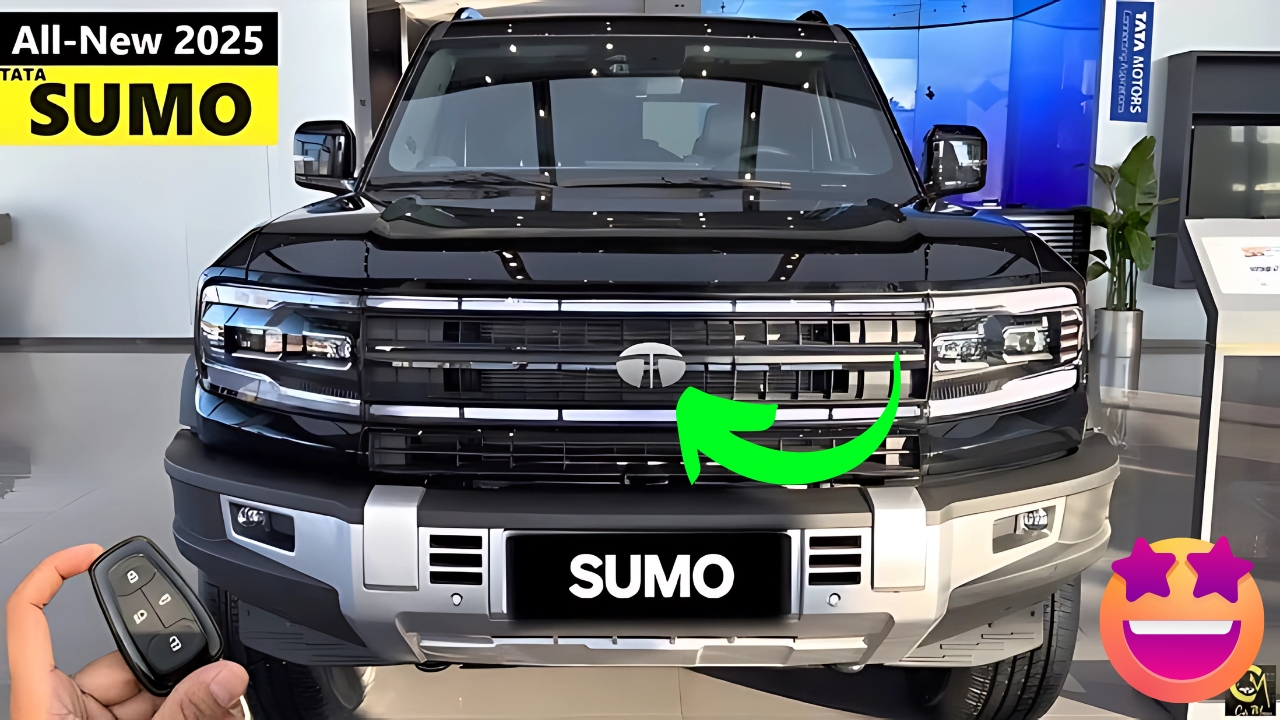
First launched in 1994, the original Tata Sumo was brutish and no-nonsense – a vehicle that was designed from the ground-up for function over form. That boxy shape was a common sight across rural India, where its ruggedness and load-carrying ability made it popular among fleet owners and big families.
As the last production unit rolled off the lines, there was little doubt in most industry observers’ minds that it was the closing chapter for a nameplate consigned to the history books, a reminder of a halcyon age of motoring that no longer found favor with the modern market.
“We have kept the Sumo future a deliberate secret,” confesses Rajesh Kaul, VP (sales & marketing), Tata Motors at an exclusive preview event in Pune.
“This allowed our design and engineering teams to really think about what this vehicle could be, without the interference of what the public expected. What resulted is a machine that pays its respects to the Sumo’s inherently utilitarian DNA while transforming it into something entirely modern.“
This silence, we believe has helped Tata develop the new Sumo unexposed, to the extent that the first ever sightings of the camouflaged vehicles testing, went viral on the Internet earlier this year.
Yes, but even then, we daredn’t imagine just how much the transformation would turn out to be, nor just how boldly this all-new FF would position itself in the market, as we learned at last week’s unveiling.
Tata Sumo The Revolution of the “Dhansu” Design
Except for the large badge there’s nothing in the new Sumo to remind you that this is the successor to the old one. Rounded, upright shape of the previous model is now replaced by an altogether modern design language that also shares the Tata’s current design theme “Impact 2.0”, along with having its own trademarks ala the Sumo badge.
“We asked ourselves what dhansu would look like in sheet metal,” says Pratap Bose, the Head of Design at Tata Motors. “It had to be brave, but not too loud, modern without being characterless, and different enough to stand out in parking lots full of Cretas and Seltos.”
The front end has a broad, hexagonal grille with a parametric pattern whose three-dimensional design is shown when lit from the front. This is flanked by split LED headlamps—a tri-arrow signature running light is positioned above a lower housing that features the main beam and turn indicators.
The hood line also stands somewhat taller than the segment norm, providing the vehicle with an imposing countenance and a hat tip to the ancestors heavyset figure of the original Sumo.
In profile, the Sumo is juxtaposing ruggedness and modern design in a skillful way. The overall shape follows the current crossover trend with the rounded roofline and other cues; however, the squat wheel arches with the 17-inch diamond cut alloys and a character line that kicks up aggressively at the C-pillar are eye-catching.
Evident in the blacked out pillars, the floating roof design is a gentle pointer to the original Sumo with its small triangular quarter glass at the D-pillar.
At the back, it gets a set of horizontally mounted LED taillights that are linked to a light bar, which sports the Tata script. A roof-mounted spoiler and pretend skid plate add to the SUV-look, and those twin exhaust tips (functioning on higher trim levels) signal sporting intentions never to be associated with the Sumo name in the past.
Available in seven shades, such as the eye-catching “Cosmos Blue” revealed at the launch, the exterior look is a crucial break from the previous car, and one that is hoped to create a unique personality over and above the Creta’s, let’s face it, more straight-laced design.
Tata Sumo Interior: From Utilitarian to Upmarket
And if the exterior makeover is intense, the inner upheaval is positively seismic. There’s none of the bare-bones, austere interior that was the hallmark of the old Sumo. In its stead is a thoroughly modern ambience which marries modern design with thoughtful touches specifically targeted at luring Creta customers in.
The multi-layered dash has a 10.25-inch free-standing touchscreen infotainment system that is simply mounted and makes it look as though it’s floating above a strip of brushed aluminium-effect trim.
It is matched to a 10.25-inch digital instrument cluster which scores multiple display configurations. Climate controls are still physical, and that’s a conscious decision our UX team at Tata has made based on what the Indian audiences actually want.
Quality of material is probably the biggest difference with the original Sumo. The upper dashboard and door panels are wrapped in soft-touch materials, and upper trim levels come with leatherette upholstery and contrast stitching.
There’s also ambient lighting – available in seven different colors that spills into footwells and doors and provides an ambience expectation-crushing in a vehicle with a Sumo designation.
“We benchmarked cars that cost a whole lot more,” says the interior designer, Anand Kulkarni. “The original Sumo was a car for delivering maximum efficacy of space and minimum frill. The new one combines roominess and elegance.”
Practicality is a strong point – those large door pockets will hold 1-litre bottles, there’s a cooled glovebox and the centre console is designed to house wireless charging and multiple USBs for modern communication devices.
Rear passengers can take advantage of direct air vents, reclining backs, and far more room to stretch than the old Sumo, for such a small vehicle without external dimensions.
Tata Sumo Powertrain Options Aiming the Creta’s Weakness
Powering the new Sumo is a choice set of powertrains, chosen exactly to be on par with the likes offered in the Creta. The entry-level motor is a 1.5-litre turbo-petrol generating 160 hp and 250 Nm of torque, which is even more than the petrol inside the Creta. That comes mated to a 6-speed manual tranny, or a 7-speed dual-clutch automatic.
As for diesel, there’s an updated version of Tata’s own 1.5-liter Revotorq engine, now making 115 horsepower and 260 Nm of torque that offered with manual or an automated manual gearbox.
At the top end of the range is a new 2.0-liter diesel that delivers 170 horsepower and 350Nm of torque — designed specifically to appeal to customers who thought the diesel option in the Creta was too weak for passing on highways.
The biggest surprise however is the presence of a mild-hybrid system on higher trims, with a 48-volt setup that provides Start-Stop functionality, torque assist during acceleration and regenerative braking. A first for Tata in this category, this system promises a fuel economy gain of around 8-10 per cent over similar non-hybrid systems.
Tech & features: The Creta-Beater Formula It doesn’t take much to outsmart some in the auto community.
You can tell Tata’s product planners have conducted a forensic look at the Creta’s feature list too, and ensured the new Sumo will either match or better it in most areas, and add some unique selling propositions to the mix.
It gets Tata’s latest iRA connected car tech, which includes more than 40 features such as remote engine start, geofencing, vehicle tracking, and over-the-air updates. The Kia’s corner-busting lights are also standard and even the Creta’s marvellous Bose music system comes under direct attack with a 9-speaker JBL unit complete with separate sub-woofer.
The safety kit on all variants will include six-airbags, electronic stability control, hill start assist, and a tire pressure monitor. Top versions get a 360-degree camera system, blind spot monitoring and more advanced driver assistance features such as autonomous emergency braking and lane keeping assist – the last two features are features that are only available in part on the top-end Creta trims.
“We’ve removed the otherwise traditional ‘but’ from the purchase decision,” product manager Vivek Srivatsa explains. “When generally comparing vehicles, they are saying: ‘I like this one, but it lacks this feature. We have put in a lot of effort to eliminate the ‘but’ factor while comparing the Sumo with the Creta.”
Tata Sumo Marketing and Pricing Strategy
But then Tata’s punches well above its weight and as such, it comes as no real surprise to see Tata’s aggressive pricing structure for the new Sumo.
Although official prices will be confirmed at launch next month, company insiders have suggested that the range will kick off just below the Creta’s base, but with added standard specification. This puts the SUV in a position to challenge the segment-dominating Hyundai Santa Fe.
Industry analysts say this aggressive pricing has been possible mainly due to high localization level (more than 90% of parts sourced here) and Tata’s ability to derive economies of scale across its growing SUV family.
“This is no ordinary SUV launch,” adds automotive analyst Aditya Narayan. “This is a clear signal from Tata that they want to lead the segment across all categories. It is a great strategy to reuse the Sumo name (with all of its tough and reliable association) but to totally redesign the product for modern use!”
It remains to be seen whether this blown-up new look can take on and topple the Creta, India’s undisputed king of the urban jungle, but Tata’s larger-than-life re-imagination of a hard-boiled workhorse into a suave newster has certainly captured public imagination in a manner few recent launches have.
And as the car gets ready to roll into showrooms across the country, it’s not just Tata’s hopes that rest on its not-so-little shoulders but also the legacy of a nameplate that still means a lot to millions of people and one that stands re-imagined for a whole new generation of buyers who have style as a priority to go with that substance.
